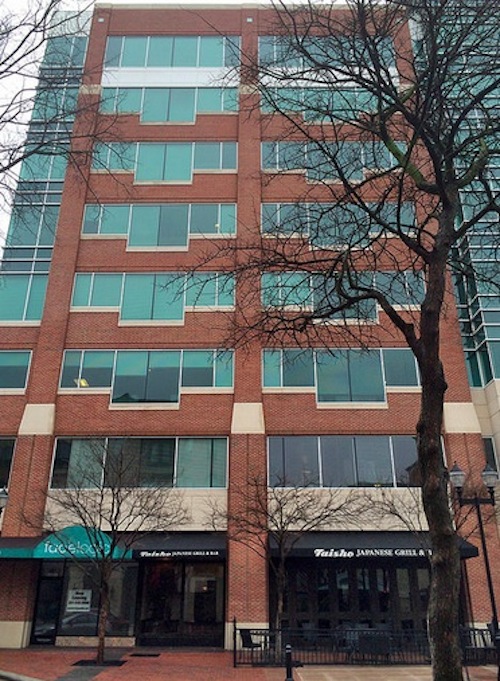
- The Woodlands’ First Whole Foods Market, in Hughes Landing, Opens Today [HBJ; previously on Swamplot]
- Bovine & Barley Set To Open Downtown in April in Former El Centro Space at 416 Main [Food Chronicles; previously on Swamplot]
- Harwood Grill Will Take Over Just-Closed 60 Degrees Mastercrafted Space in Upper Kirby Next Month [Culturemap]
- Lincoln Bar + Kitchen Opening in Former Brixx Spot on Washington Ave [Eater Houston]
- Security, Traffic, Impact on Growth Among Concerns Expressed About Mayor’s Plan To Move Justice Complex to Exxon Tower [Houston Chronicle]
- Houston Artist Ed Wilson Re-Awarded GRB Commission That Houston Arts Alliance Withdrew Last Year [Glasstire]
- Months-Long Beach Reconstruction Project at West End of the Seawall Could Be Completed By Sunday [Galveston County Daily News ($)]
- With Nudge from Joel Kotkin, British Magazine Declares Sprawl ‘Perhaps Houston’s Biggest Strength’Â [The Economist]
- Sunday Streets, Now Under Corporate Sponsorship, Will Kick Off Again on March 29 on Lower Westheimer [Houston Public Media]
Photo of Sugar Land Town Square: Bill Barfield via Swamplot Flickr Pool
Headlines





Not that I really care one way or the other but McClelland is doing nothing more than fearmongering and spewing simple-minded unrelated thoughts on why he opposes a proposal. Shame on him. Why not talk about space needs? Why not analyze the costs of building vs. renovating vs. doing nothing? Why not offer his opinion on feasibility of consolidating departments and facilities? Surely there have to be some efficiencies to be gained other than making city employees a larger bulls-eye.
I’m not privy to the politically incorrect bickering on this proposal and I don’t care to be but the garbage I’ve heard so far is: poor people, ‘traffic armageddon,’ and terrorism.
Oh great. Now, I’ll have to see all of them come out on Sunday Streets.
“It will not only pour an enormous number of people onto the streets from 8 in the morning until 10 at night, but it will also have people coming into downtown who are not used to downtown and trying to find their way around.” And here i thought an empty Downtown was bad.
Regarding the Exxon Building–they need to heed the lessons of the Civil and Criminal Courthouses downtown. Both suffer from too few elevators to take people up to the courtrooms. Attorneys and defendants have been late because there are long lines just to get an elevator. Office buildings like the Exxon tower have different traffic flows than courts and other municipal functions.
Complaining about the traffic a courthouse would bring to Downtown streets is just absurd. The grid pattern of Downtown streets and the plethora of parking options make Downtown the ideal candidate for this to happen. The only time Downtown has traffic issues is when rent-a-cops stop traffic so garages can empty out at rush hour or when there’s a parade. I’ll take Downtown traffic any day of the week over Rodeo traffic–now that’s a pain!
Although the NIMBYs are being unreasonable, I am sympathetic to the fact that constituents often act against their best interests. If the justice center is perceived by the marketplace as a disamenity to residential development and it has the potential to act against the strategic interests of the downtown area then the City should listen to that concern.
Is there a compelling reason that the justice center should be downtown, or could the facility be built (in a functionally appropriate structure) on a site that is still highly accessible to downtown but less expensive than downtown? Remember, its not just the cost of acquiring land and/or buildings, its also that those properties will be removed from the tax rolls (affecting the City, County, Schools, and every other taxing entity) in effect for perpetuity.
To me, the north side of the Buffalo Bayou (near Harris County’s facilities) seems like it should be promising. Hardy Yards is not a terrible option. Also consider the areas around Jensen Drive, Clinton Drive, or near the Elysian Street viaduct. Those areas are all somewhat self-isolating and the infrastructure around them makes the land less desirable for other forms of development.